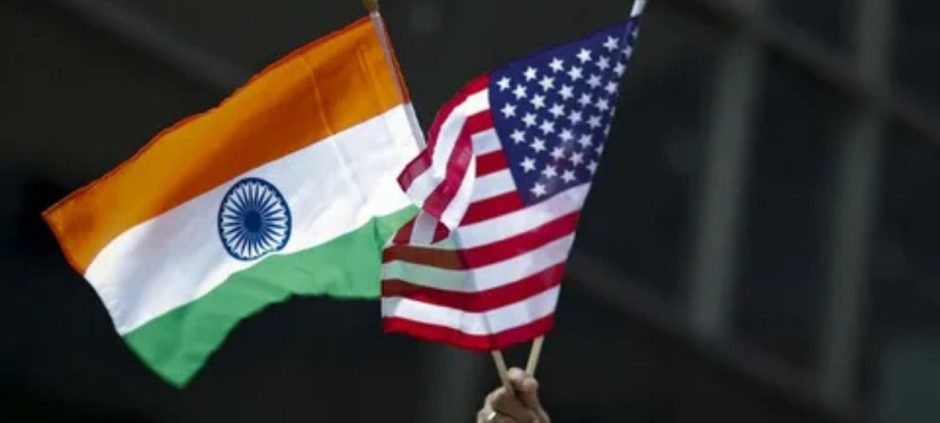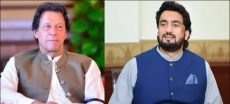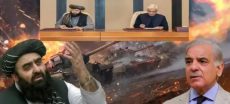The United States and India have signed a landmark 10-year defence pact, announced by US Defence Secretary Pete Hegseth after a meeting with Indian Defence Minister Rajnath Singh in Kuala Lumpur.
This defence pact is intended as a “road-map for deeper and even more meaningful collaboration ahead,” Hegseth said, calling it “a cornerstone for regional stability and deterrence.” The agreement covers enhanced military coordination, increased information-sharing, and heightened technology cooperation between the two nations.
For India, the pact arrives amid rising global tensions and a desire to deepen strategic ties in the Indo-Pacific. According to reports, this defence pact also comes as Washington seeks stronger partnerships to counter regional challenges, including the expanding influence of China.
Analysts say the pact signals a significant upgrade in the India-US security relationship. While trade tensions and tariffs had earlier strained relations, the two sides now appear to prioritise long-term defence collaboration. For example, India was reportedly facing US tariffs of 50 % following its Russian oil purchases, despite that, this defence pact was forged, showing strategic interests may be outweighing short-term trade issues.
Despite the diplomatic and regional momentum, specific details of the pact remain thin. The public announcements did not provide a full breakdown of equipment sales, shared facilities, or exact operational frameworks. Observers expect further disclosures, but emphasise that the agreement itself performs a symbolic role in signalling trust and alignment between the two democracies.
Importantly, this defence pact is not the first step in India-US military cooperation, but it does raise the bar. The broader impact may include smoother access for Indian forces to US technology, deeper joint exercises, and possibly shared logistics and intelligence platforms. Many in strategic circles will watch how quickly the two countries move from the agreement into tangible implementations.
Also worth noting, the pact appears alongside shifting diplomatic activity in other regions. Discussions such as those at the ASEAN Defence Ministers’ Meeting-Plus provide a broader backdrop in which this defence pact plays a role.
Turning briefly to a related angle, the Middle East has witnessed parallel developments. For example, talks between the United States and Saudi Arabia over a defence framework have also been in focus.
In short, the defence pact sets a new tone. Both the US and India appear to commit to a long-term strategic alliance, one that could reshape regional security calculations and signal a fresh phase in bilateral collaboration.











